How to Use A French Press
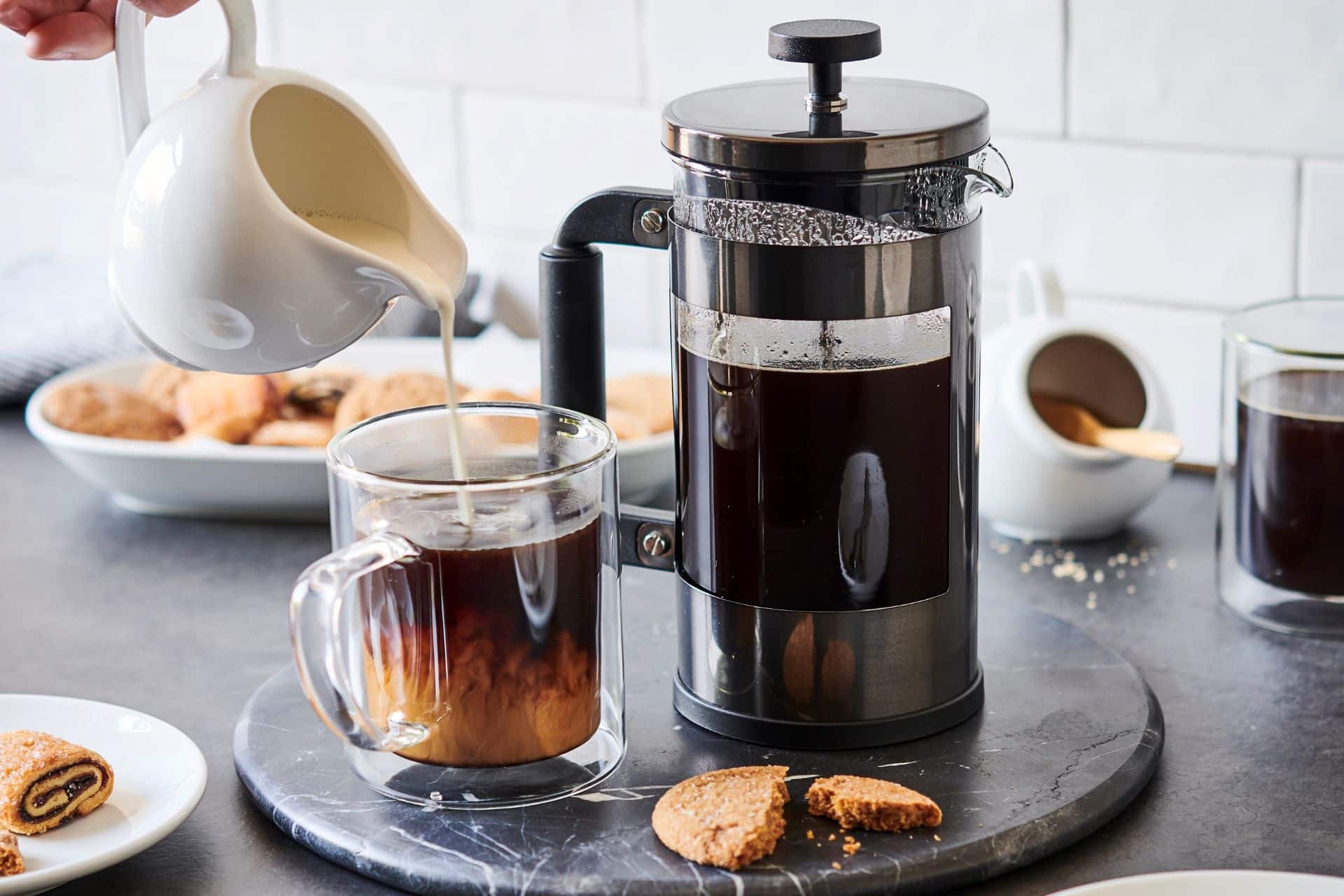
With so many ways to brew a cup of coffee at home, the French press remains one of our favorites. But this beautiful piece of equipment can be intimidating if you’ve never used one before.
Admittedly, it might take a few tries to find your ideal coffee-to-water ratio, but it’s worth taking the plunge (pun intended) to experience the depth of your favorite brew. Here, we’ll walk you through how to use a French press, get the right ratios, achieve the proper grind and more.
Hungry for more? Explore our selection of coffee and tea essentials to help you make that perfect cup o’ joe!
What is a French press?
A French press is a manual coffee brewing device with a cylindrical carafe, built-in plunger and mesh filter. Coffee is brewed by saturating ground coffee in hot water, then applying manual pressure to force the hot water through coffee to the bottom of the pot, producing a concentrated, robust taste.
Despite the name, the French press was originally patented in Italy in 1929, and quickly became a go-to method for immersion-brewing coffee worldwide. Whether you know it as a press, plunger or cafetière, its simple setup and quick, straightforward brewing process make it a staple brewer for coffee lovers everywhere.
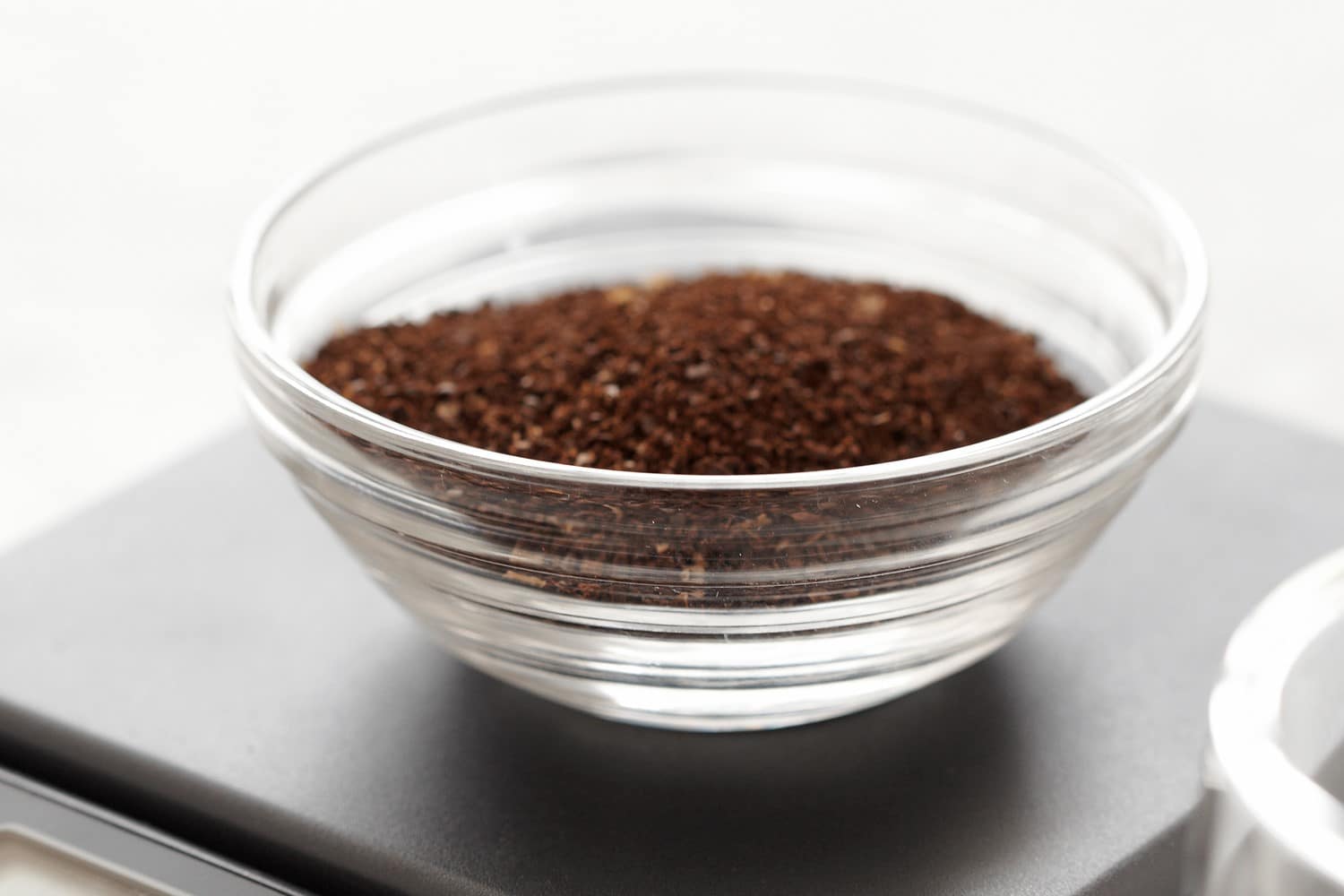
How much coffee do I need in my French press?
Depending on how strong you like your coffee, your coffee-to-water ratio will vary.
Coffee pros often refer to the “golden ratio,” meaning for every one gram of coffee, you need to use 17 grams of water—or a 1:17 ratio. For immersion brewing, where the water sits with the ground coffee (rather than passing through it), a lower ratio is ideal.
And while you could measure the water and the coffee with a food scale to get the exact grams of each, for our purposes, we’ll use tablespoons and ounces. A good rule of thumb:
- 2 tablespoons of ground coffee per 8 oz of water
What kind of grind do I need for my French press?
Grind beans in a coffee grinder on the coarse setting—the coffee should be evenly ground and resemble coarse sugar. If you ground it too fine, it’ll produce a more bitter flavor. For best results, use a burr grinder to ensure you get an even, coarse ground.
If you don’t have a coffee grinder at home, you can ask the barista at your local coffee shop to grind the beans for a French press. But if you use pre-ground coffee, try to avoid anything that’s ground for espresso as it will be too fine.
How to brew coffee with a French press
Step 1: Boil Water
Bring a kettle of 8 oz of water to boil while you grind your beans

Step 2: Grind Beans
Use a coffee grinder on the coarse setting to grind your coffee beans. Then, remove the plunger from the French press and put the measured coffee (2 tbsp.) directly in the bottom of the French press.
Step 3: Temp Water
Once the kettle comes to a boil, remove it from heat and let it sit for 30 seconds to reach the optimal temperature, about 200°F. If it’s too hot, it can make the brew taste burnt.
Step 4: Steep Grounds
Pour 1 cup of the hot water on the top of the grounds and steep for 1 minute. Put the French press top on (don’t press down yet) and let steep for an another 3–4 minutes, depending on how strong you want your coffee.
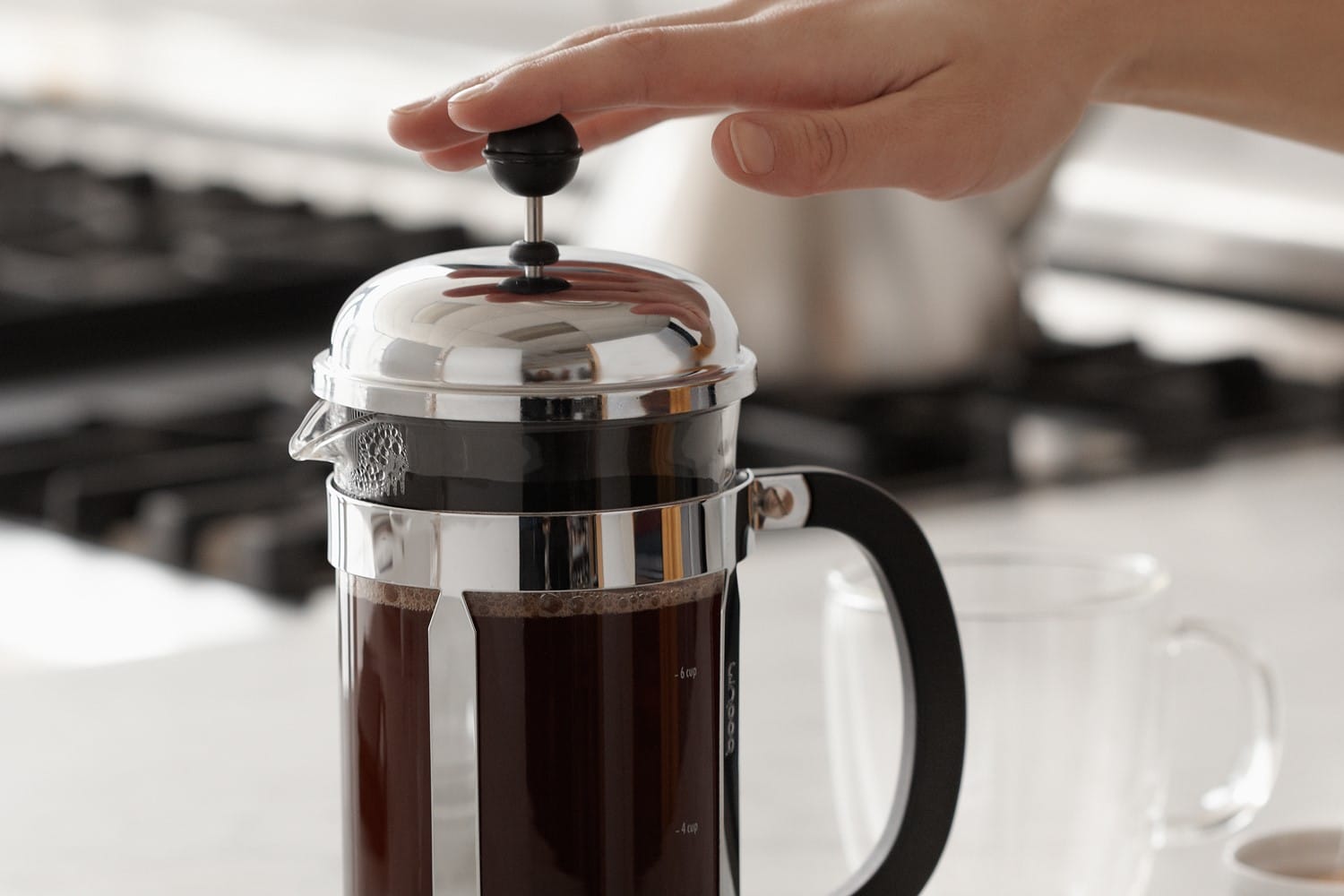
Step 5: Press
This is the fun part. You’re going to slowly push the plunger down to press the coffee grounds to the bottom of the pot.
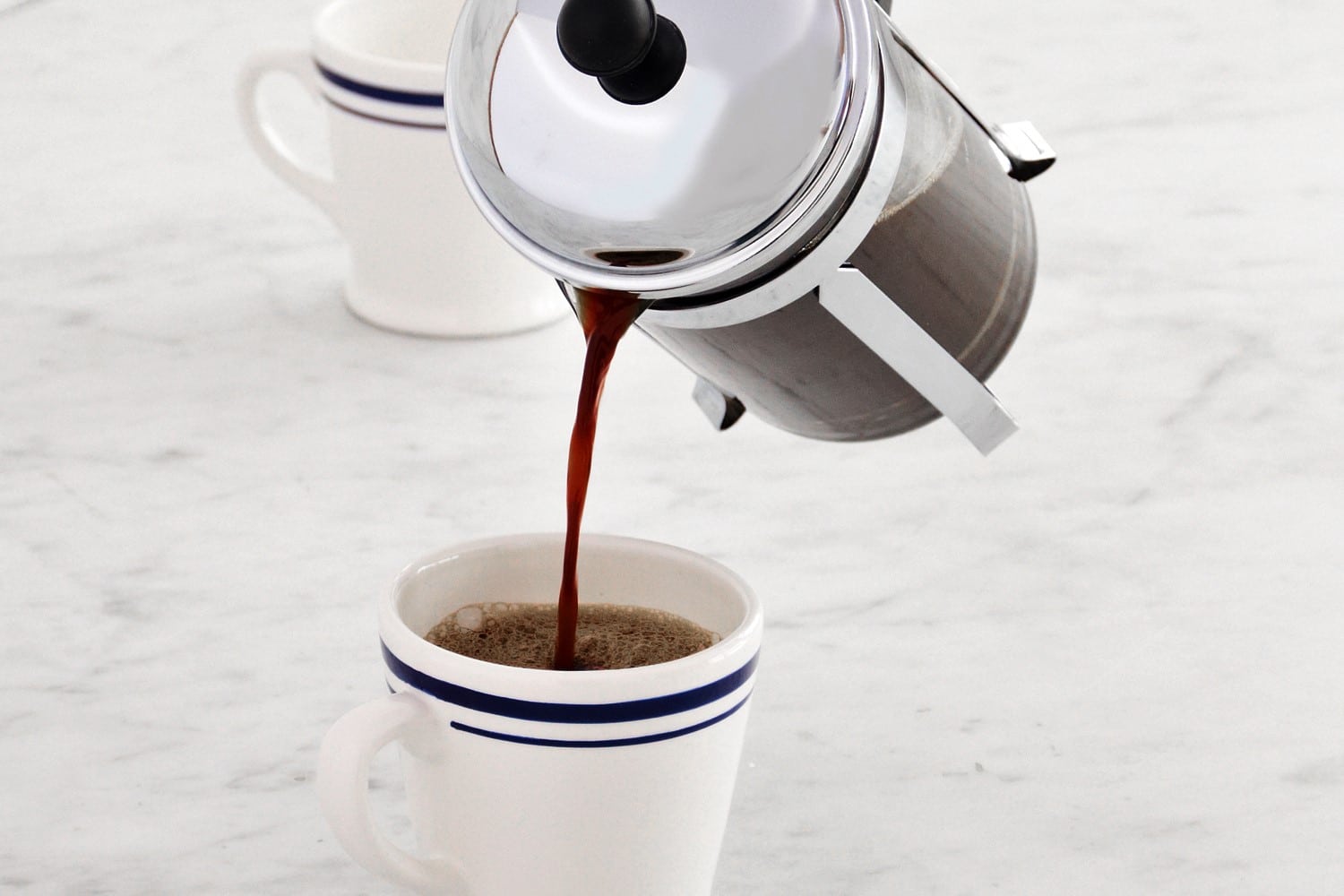
Step 6: Serve
After you press, you can serve the coffee right away!
Pro Tip: If you aren’t sharing the pot, it’s best to transfer the coffee to a thermos or insulated carafe. You want to avoid leaving it in the press, as it will continue to brew and taste bitter.
Hungry for more? Explore our selection of coffee and tea essentials to help you make that perfect cup o’ joe!


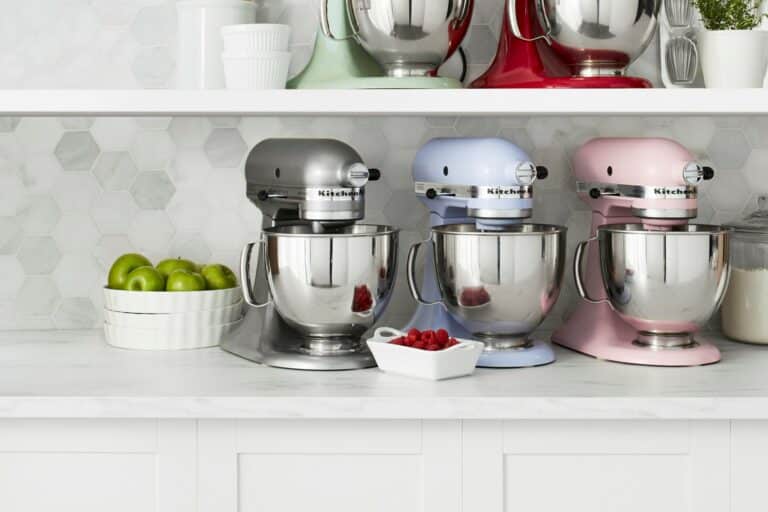
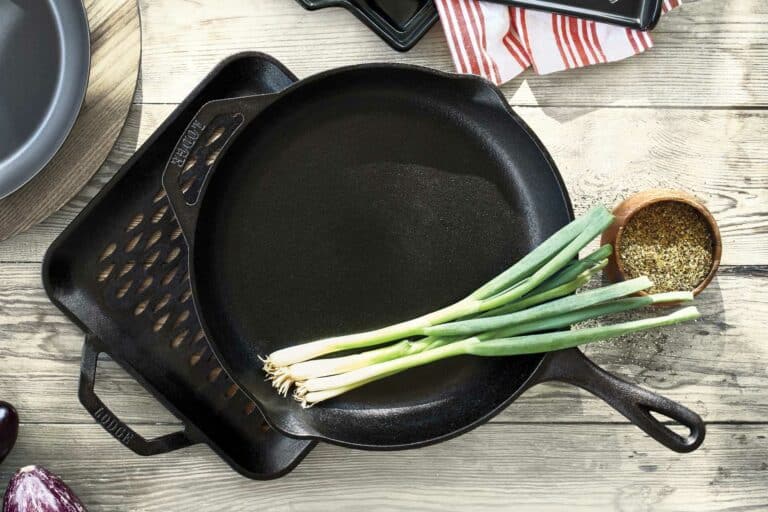
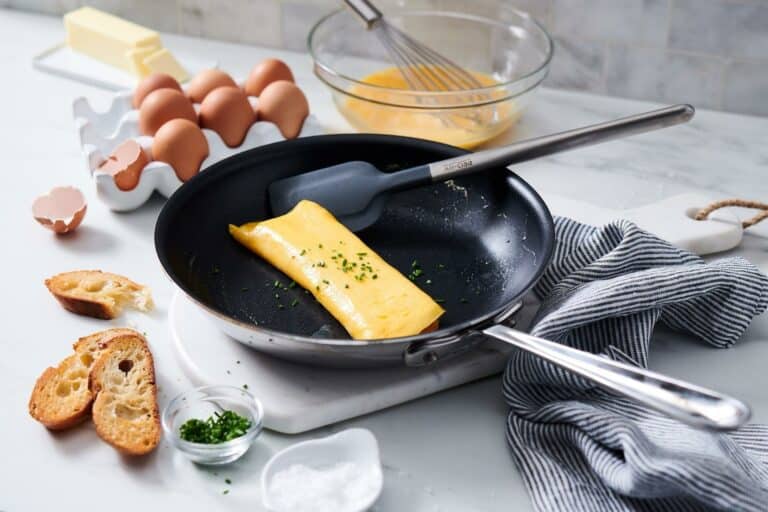
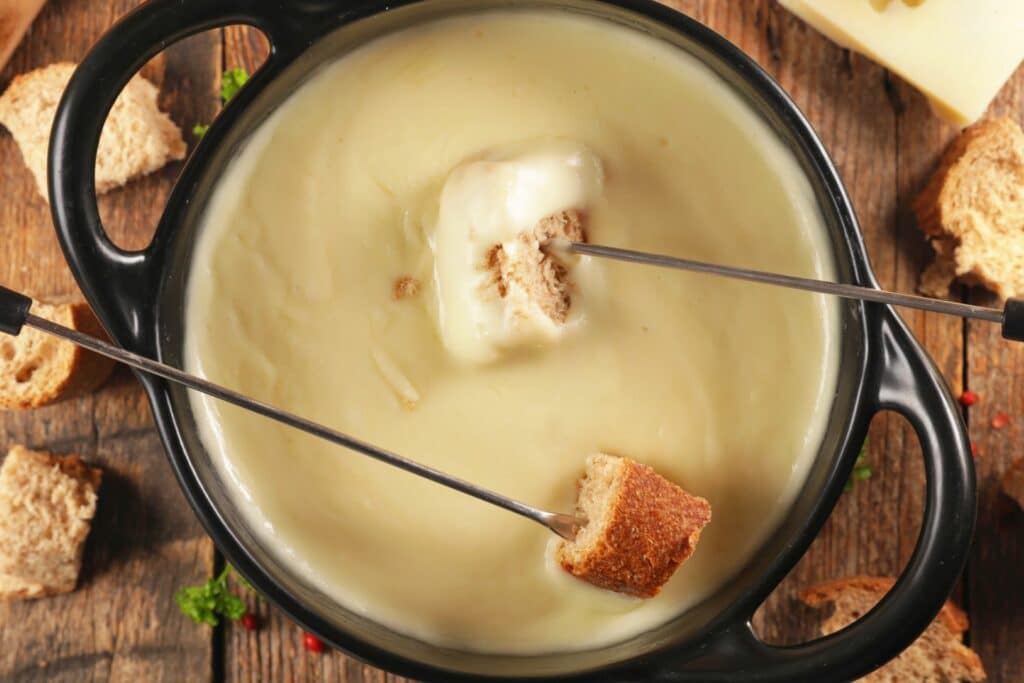
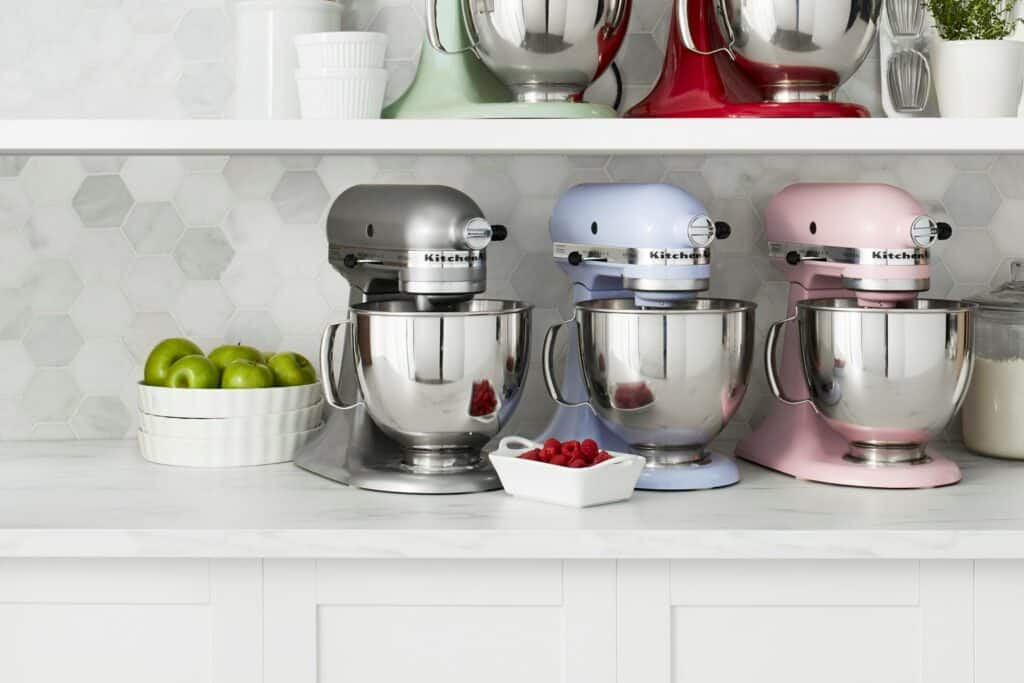
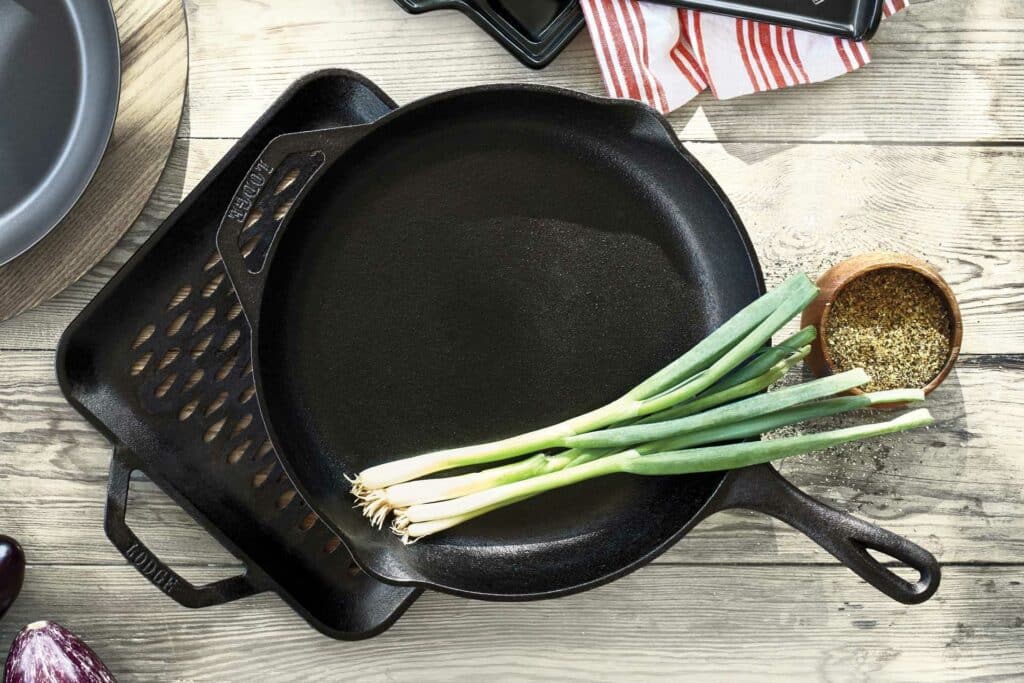
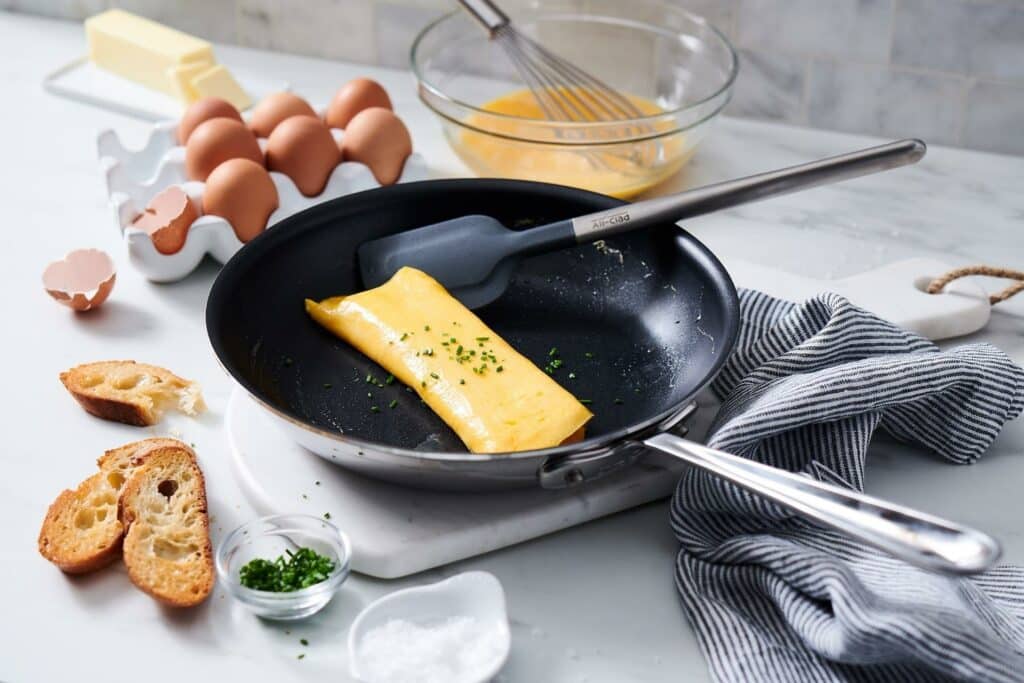
Join The Conversation